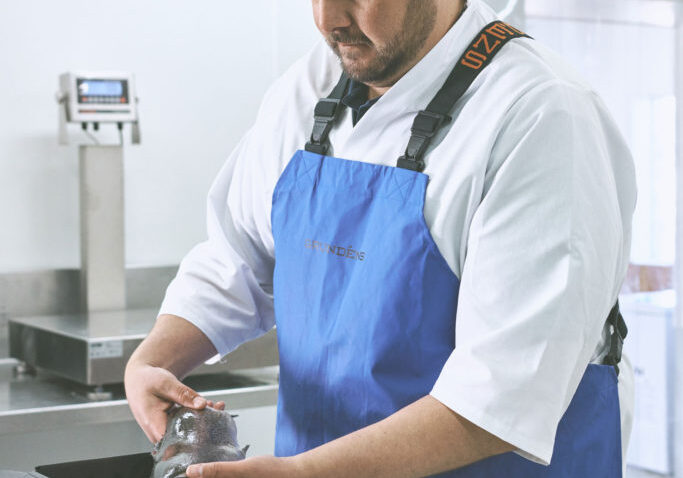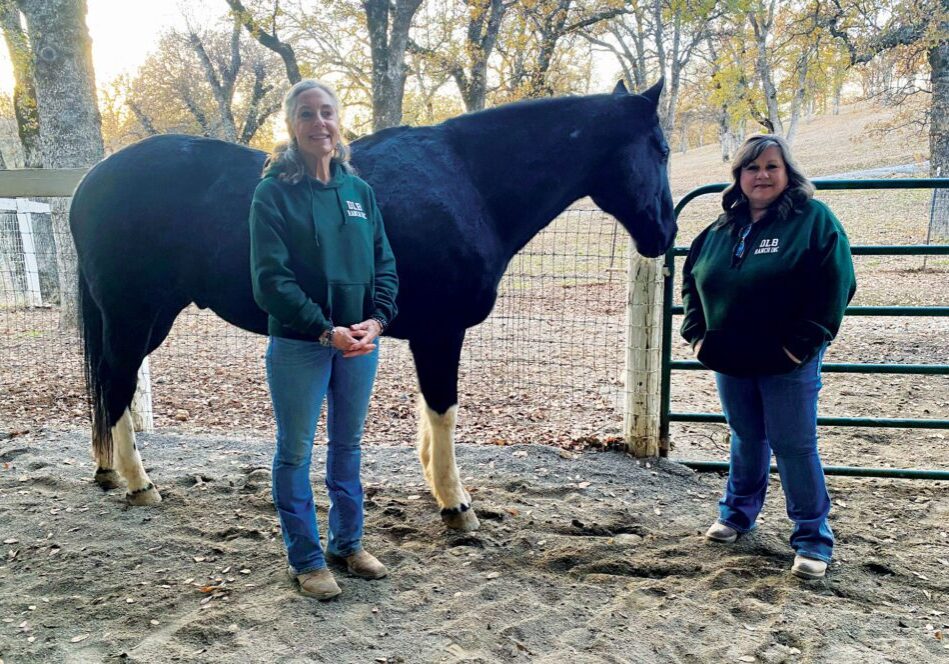 Christine Hartmann on Neurodiversity in Youth- Her Brain Works in Special Ways
Christine Hartmann on Neurodiversity in Youth- Her Brain Works in Special Ways
Life is beautiful. Everything is fine. These are slogans painted on the artworks of a woman who was once stuffed in a trash can by high school bullies. Red Bluff local, Christine Hartmann, used to hide in the art room or music room to avoid those bullies. Now she recognizes those hardships as the opportunities she needed to develop both her artistic and musical skills.
With a Ph.D. in medical physics from the University of Wisconsin-Madison, Christine’s successful academic career is not a surprise. The real surprise is her journey from a childhood outcast to an adult who mentors others in gratitude.
“I have worked for 27 years as a physicist at Lawrence Livermore National Laboratory (LLNL) doing original work in radiation treatment of cancer that advanced computer techniques used to save lives,” Christine says. “Now, I lead a team that helps scientists and engineers win government funding to turn their breakthrough ideas into reality for our nation’s security and scientific and technology competitiveness.”
Christine’s life came full circle when serving as the founding chair of the Abilities Champions Employee Resource Group at LLNL, promoting the inclusion of interns and employees with physical, psychological, developmental and neurocognitive differences as valuable contributors to their missions.
“Our first effort was in neurodiversity, the idea that neurological differences such as autism and ADHD are the result of normal, natural variation in the human genome and not so different than other variations that we all have.
We organize internships for 10-20 neurodiverse students each year, partnering with neurodiversity leaders such as author John Elder Robison, Stanford University professor Lawrence Fung, and researchers at the UC Davis M.I.N.D. Institute. We are understanding how neurodiversity not only fits in the world of science and technology, but also powers it. Many of humankind’s great artists, inventors and scientific leaders, such as Michelangelo, Isaac Newton, Henry Cavendish, Nikola Tesla and Alan Turing, are believed to have been neurodiverse.
 “When talking with John Elder Robison, I wondered out loud why I was so interested in neurodiversity. He suggested that I take three University of Cambridge evaluative tests and compare my scores with published results. Two scores placed me squarely in the autism range. This is not a formal diagnosis, but it started a journey of discovery for me.”
“When talking with John Elder Robison, I wondered out loud why I was so interested in neurodiversity. He suggested that I take three University of Cambridge evaluative tests and compare my scores with published results. Two scores placed me squarely in the autism range. This is not a formal diagnosis, but it started a journey of discovery for me.”
Christine’s mother was not surprised by her results since after an unusual birth, the doctor thought Christine may have suffered brain damage. Christine recalls, “my mother devised a variety of one-on-one methods to help me. Instead of developing slowly, I became a little professor. I learned to read when I was two, read the encyclopedia at three, and was assigning myself reports on topics of my choosing when I was in kindergarten. I spent my childhood amusing adults but was often lost when it came to making and keeping friends my age. For one thing, I would talk endlessly about things that interested me, like: ancient Egypt, dinosaurs and lasers. The kids around me only had a passing interest in those things. High school was especially challenging with my attempts at friendship mostly unsuccessful.”
Programs, such as the UCLA Program for the Education and Enrichment of Relationship Skills (PEERS), have helped Christine develop those verbal and nonverbal cues to enter and exit conversations gracefully and understand the social networks around her. PEERS aids autistic and otherwise socially awkward children, teens and young adults in developing the skills they need to find and keep friends.
Today, Christine encourages youth in mathematics, science and art. She believes these are all part of one grand creative universe and can be great landing spots for little professors. “I think in pictures, so it’s natural for me to paint what’s in my mind. In college, I remembered points in advanced mathematics by recalling the shape of the flowers I drew in the margins of my notes. The arts are important for brain development in ways we have yet to understand. I sing when I paint and move when I’m trying to solve complicated problems, both scientific and personal.
“When raising my two sons I tried to recognize the strengths in their unique features. We have many challenges in our world today, and I believe the solutions we are seeking will require new ideas. This is why it is so important for all of us to be open to the unique ways of thinking that we and others bring to the table. By figuring out the best ways to grow and thrive for ourselves and each other, we are making the environment we need to create the future we hope for.”
Having grown up on a farm in Wisconsin, Christine felt at home when she and her husband bought a little farm in Tehama County.
She often shares the art studio above the barn with her neighbors. I noticed another slogan on her self-portrait—Enjoy the journey. Her optimism is infectious!
Christine recommends the following resources: What is Neurodiversity, Neurotribes by Steve Silberman, UCLA PEERS® Clinic, and the Autism Research Center.
Posted in: This is Tehama
Comment Policy: All viewpoints are welcome, but comments should remain relevant. Personal attacks, profanity, and aggressive behavior are not allowed. No spam, advertising, or promoting of products/services. Please, only use your real name and limit the amount of links submitted in your comment.
You Might Also Like...

Gathering At The Water Hole With Russ Harman Of Alsco, Inc.
Just as water has been vital since the beginning of time, equally important are the ways in which people move water for their purposes. Controlling and moving water, otherwise known […]
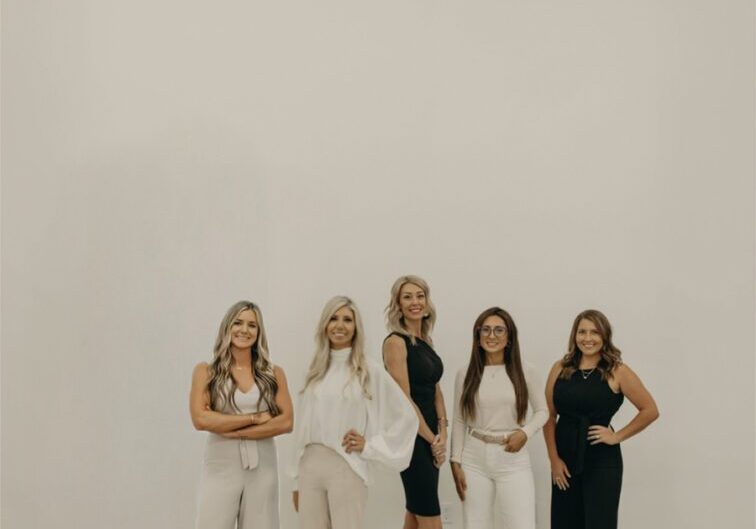
Tara Ellis: Helping People Find Their True Home
For Tara Ellis, “home” has never been just a structure. “It’s a feeling, a foundation and a place of belonging.” Tara shares. “A home is where you connect with your […]
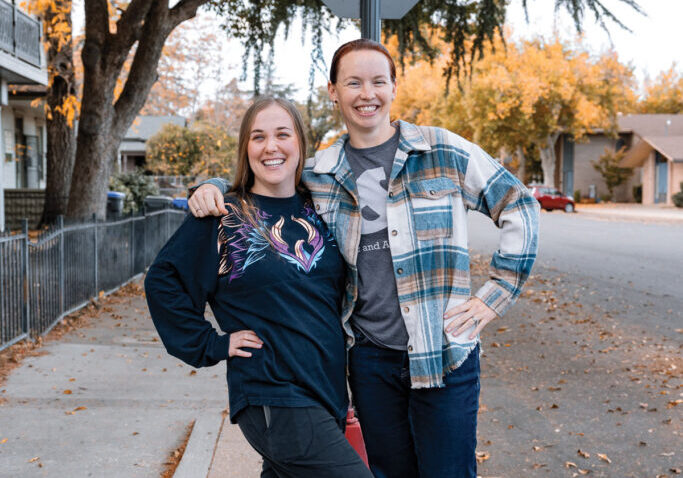
Flare And Family On Walnut Street, Red Bluff
Krysta Shadish, owner of Flare Dance and Acrobatics and Michelle Hickok, of Zelma’s Awards, are proud “block captains” of the 400 block of Walnut Street for the Downtown Red Bluff […]
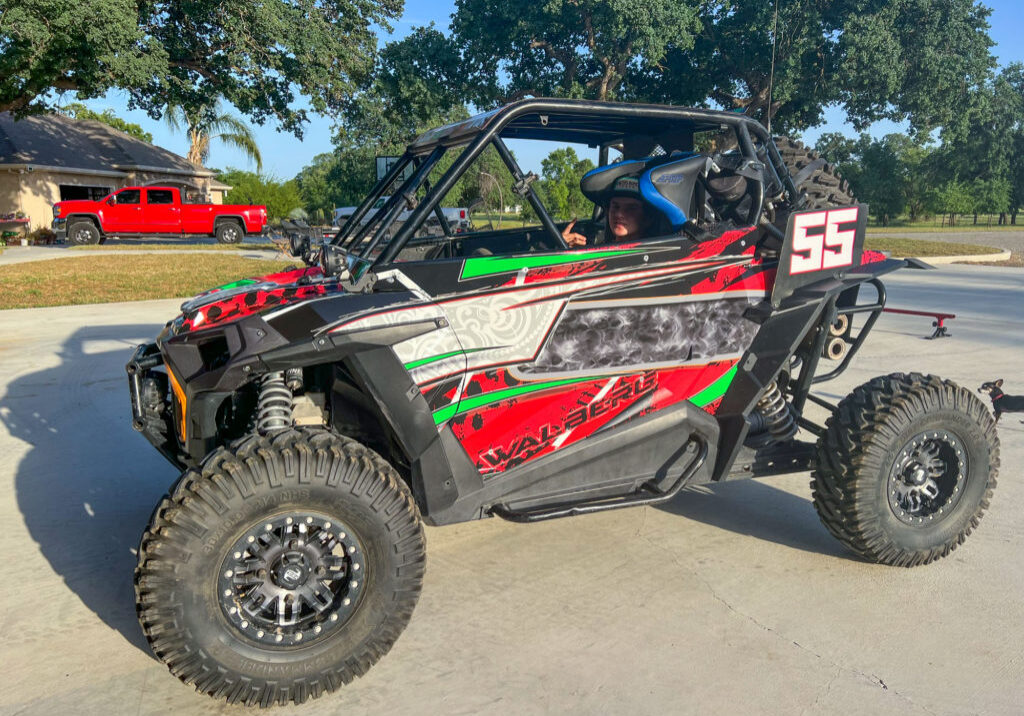
Walberg, Inc and The Mechanics of Family
Bud and Jaimie Walberg of Corning know how to keep the wheels turning in business, the racing world and family life. The couple and their 12-year-old son, Bobby Mac, keep […]


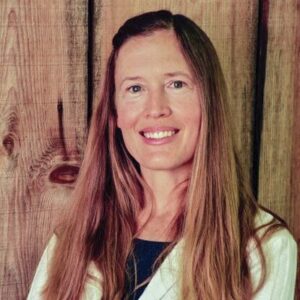
 Christine Hartmann on Neurodiversity in Youth- Her Brain Works in Special Ways
Christine Hartmann on Neurodiversity in Youth- Her Brain Works in Special Ways